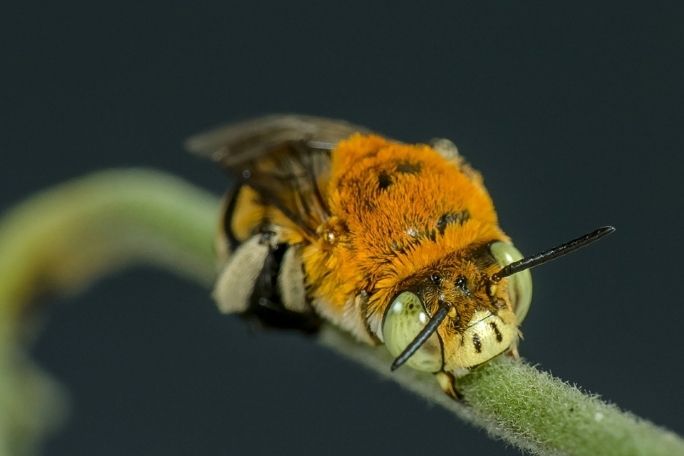Lesson summary
Students will explore the difference between common and scientific names of organisms and why scientists use a standard classification system. They will fill out a table of scientific and common names of well-known species. They will then create a picture book page displaying the hierarchical system of classification in picture form.
Learning intentions:
Students will...
- understand that different languages and cultures have inconsistent common names for organisms
- understand why scientists use a standard classification system
- understand how to use a hierarchical system of classification, such as kingdom, phylum, class, order, family, genus, species.
Success criteria:
Students can...
- recognise the difference between common and scientific names
- explain why scientific names are used by scientists
- identify the genus and species when given a scientific name
- use the hierarchical system of classification for an organism
- display information in pictorial form
- work collaboratively and independently.
Lesson guides and printables
Lesson details
Curriculum mapping
Australian Curriculum content descriptions:
Year 7 Science:
- Investigate the role of classification in ordering and organising the diversity of life on Earth and use and develop classification tools including dichotomous keys (AC9S7U01)
- Write and create texts to communicate ideas, findings and arguments for specific purposes and audiences, including selection of appropriate language and text features, using digital tools as appropriate (AC9S7I08)
Syllabus outcomes: SC4-5WS, SC4-14LW
General capabilities: Literacy, Creative and Critical Thinking
Cross-curriculum priority: Sustainability
Relevant parts of Year 7 achievement standards: They predict the effect of human and environmental changes on interactions between organisms and classify and organise diverse organisms based on observable differences. They communicate their ideas, methods and findings using scientific language and appropriate representations.
Resources required
- A3 paper for picture book pages
- Bush Blitz Species Information Sheet
- Bush Blitz Species – Presentation
- Common Animal Names resource (to show on the board)
- Student devices capable of researching on the internet
- Student Worksheets (one copy per student)
Skills
This lesson is designed to build students’ competencies in the following skills:
- Communication
- Creativity
- Critical thinking
- Cultural understanding
Additional info
Time required: 75 mins
Level of teacher scaffolding: Medium – facilitate class activities
This is an original Cool+ lesson.


Welcome back!
Don't have an account yet?
Log in with:
By signing up to Cool.org you consent and agree to Cool's privacy policy to
store, manage and process your personal information. To read more, please see
our privacy policy here(Opens in new tab).
Create your free Cool.org account.
Many of our resources are free, with an option to upgrade to Cool+ for premium content.
Already have an account?
Sign up with:
By signing up to Cool.org you consent and agree to Cool's privacy policy to
store, manage and process your personal information. To read more, please see
our privacy policy here(Opens in new tab).